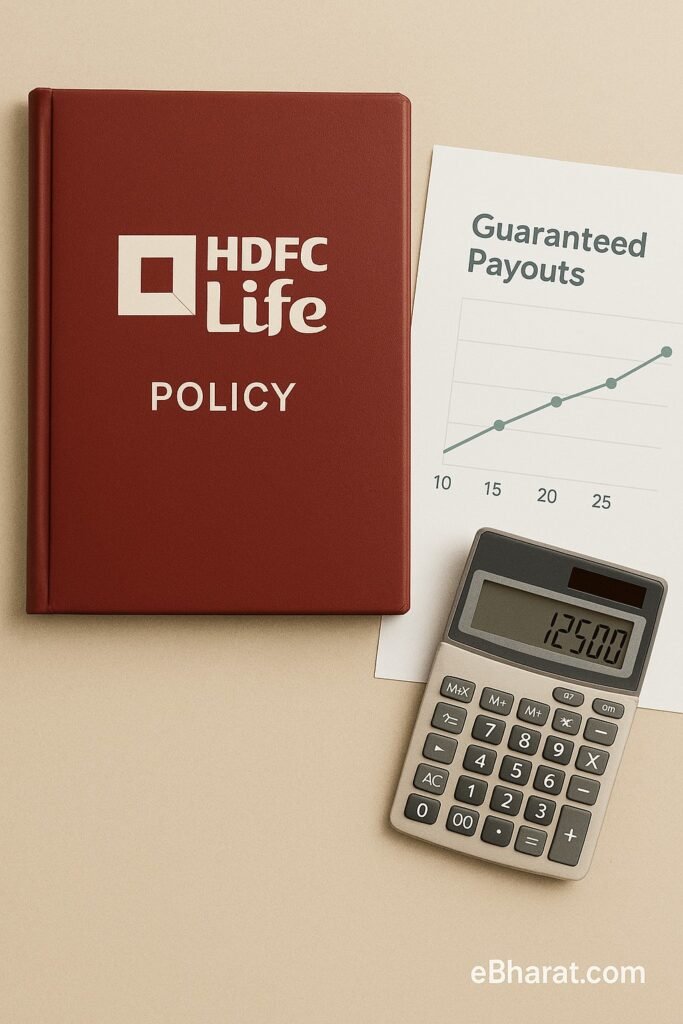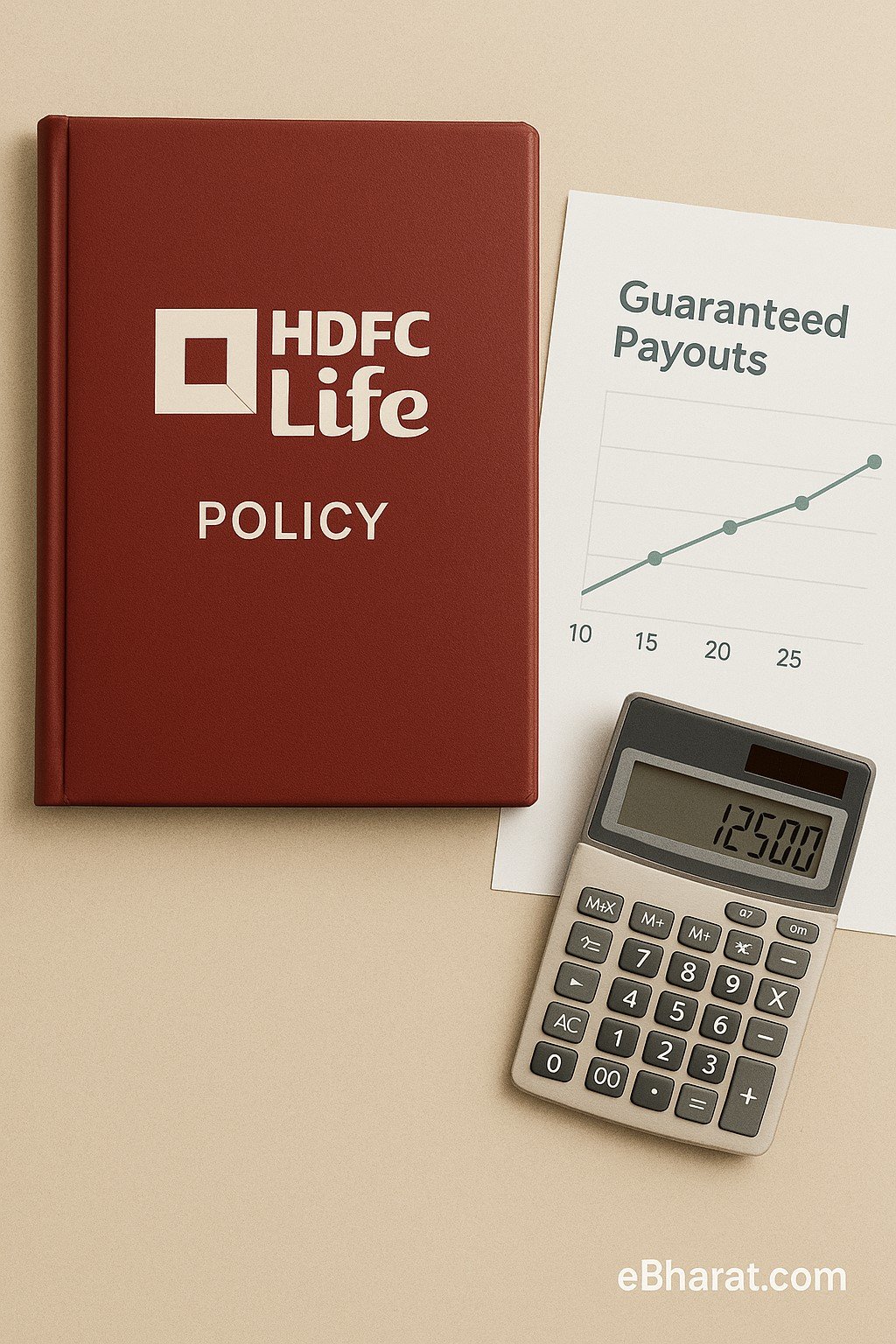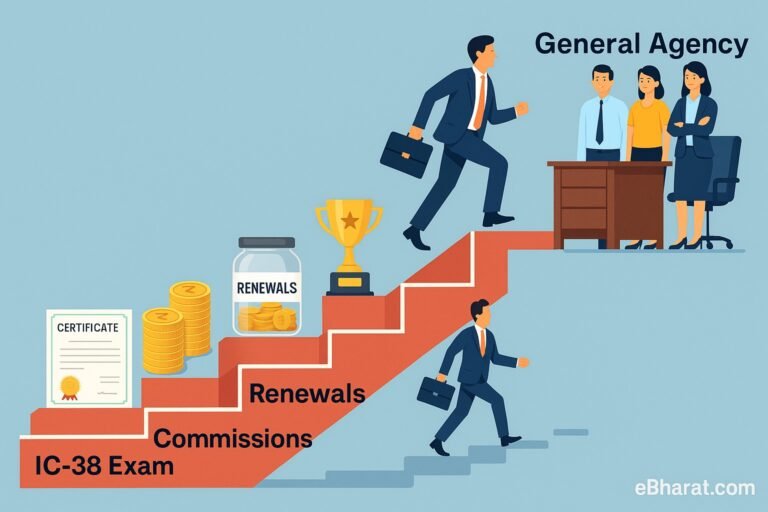
HDFC Life’s Sanchay Plus plan is often promoted as the smarter, safer alternative to fixed deposits — offering “guaranteed income” and “family protection” in one package.
Sounds great, right? But the reality is more nuanced.
Before you commit ₹50,000 or ₹1 lakh annually for 10 to 12 years, let’s unpack what this plan really offers — and whether it deserves a spot in your savings portfolio.
What Is HDFC Life Sanchay Plus?
Sanchay Plus is a non-linked, non-participating savings insurance plan. That means:
- No market exposure
- No bonus fluctuations
- Returns are pre-defined and locked in
But unlike a one-size-fits-all policy, it comes in four different variants, each with a different goal:
- Guaranteed Maturity – Lump sum at maturity
- Guaranteed Income – Fixed income for a set period
- Life-Long Income – Income till age 99
- Long-Term Income – Fixed payouts for 25–30 years
How Does It Work? Let’s Take a Realistic Example
Let’s say a 35-year-old opts for the Guaranteed Income plan and pays ₹1 lakh annually for 10 years.
What they get in return:
- Income starts 1 year after the payment period ends
- Receives ₹55,000–₹60,000 per year, guaranteed for 25–30 years
- No bonuses or investment-linked upsides
- Life cover: ~₹10–₹11 lakh during policy term
- On death, nominee receives full sum assured
Over time, total income can cross ₹15–₹18 lakh — but only if the policyholder lives long enough and doesn’t need to break the plan early.
Key Features at a Glance
- Premium Paying Term: 5 to 12 years
- Policy Term: 10 to 40 years (depends on variant)
- Payout Frequency: Annual, semi-annual, or monthly
- Tax-Free Returns: Under Section 10(10D), if conditions are met
- No Bonuses, No Loyalty Additions
- Surrender Early? Expect poor returns or even loss
Sample Returns Table
| Plan Variant | Premium Term | Payout | Total Return |
|---|---|---|---|
| Guaranteed Income | 10 years | ₹55K/year for 30 years | ~₹16.5 lakh |
| Guaranteed Maturity | 10 years | ₹14.5 lakh lump sum | ~₹14.5 lakh |
| Life-Long Income | 12 years | ₹40K–₹50K/year till age 99 | Depends on survival |
What You Should Watch Out For
- Returns Are Modest: The internal rate of return (IRR) usually falls between 5.5% to 6.3%
- Early Exit Hurts: Surrender in the first few years = big loss
- High Commitment: You need to pay for 5–12 years, no shortcuts
- Liquidity Is Low: You can’t withdraw in an emergency without penalty
- Riders Not Included: Extra life cover or accident riders cost more
Who Should Consider Sanchay Plus?
This plan may make sense for:
- Salaried individuals (age 35–55) looking for a guaranteed bpost-retirement income
- Risk-averse investors who don’t want to deal with mutual funds or stock markets
- Parents planning fixed income for children in future
- People who want tax savings + estate planning in one product
Who Should Avoid It?
Skip this plan if:
- You expect to need funds in the next 5–8 years
- You’re chasing higher returns (mutual funds may be better)
- You’re not sure you can commit to ₹50K–₹1L premium every year
- You assume “guaranteed” means “superior to FDs” — it’s not always true
Final Word: Is Sanchay Plus Truly “Better Than FD”?
Not quite.
The “FD-beating returns” pitch only holds when compared to post-tax FD returns — and even then, debt mutual funds or PPF may perform better with more flexibility.
That said, Sanchay Plus is not a bad product. It’s stable, tax-efficient, and offers long-term certainty — something conservative investors genuinely value.
If you want guaranteed income and tax-free maturity,
If you’re okay with locking in your money,
And if you’re not chasing high returns —
Then yes, Sanchay Plus can be a good fit for your savings strategy.













